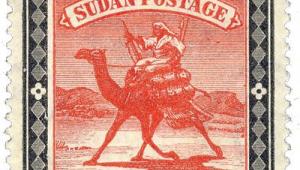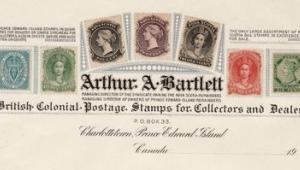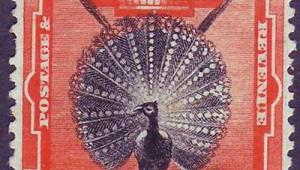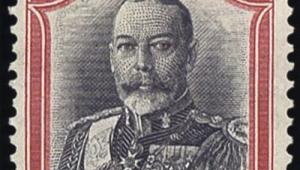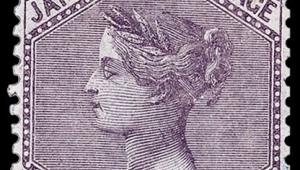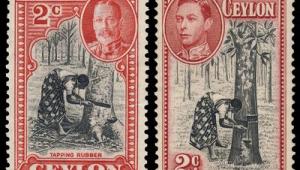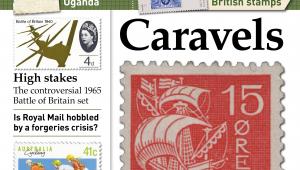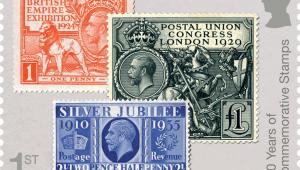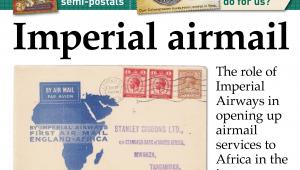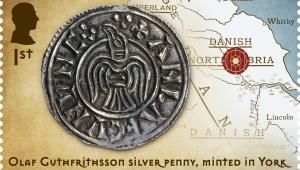Egypt: Stamps to die for?
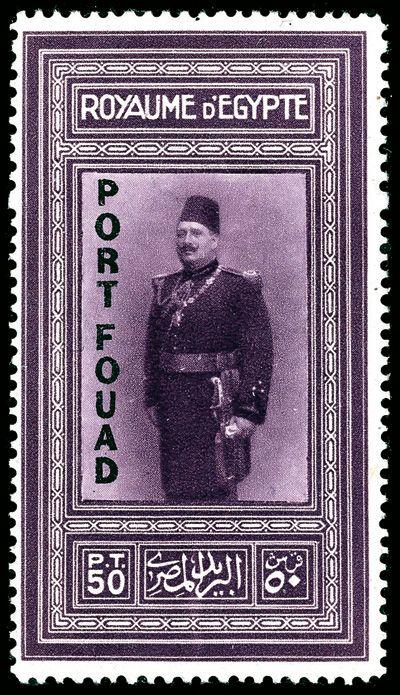
Many collectors recall the hectic events of August 18, 1966, when the ‘England Winners’ reprint of the World Cup 4d stamp went on sale. More than 150 million copies of the original stamp had been printed, so when it was made known that the new issue would consist of only 12 million, speculation ran riot.
Jostling in post office queues was widely reported, supplies were quickly exhausted, and copies were changing hands for 40 times their face value.
But it was all for nothing. Whereas a high proportion of the original issue had been used and destroyed, most of the new printing went straight into the hands of collectors and was saved. Today, the second stamp is worth only pennies more than the first.
If we can look back on the episode with amusement, however, the Egyptian experience of speculation on the stamp market had rather more serious repercussions.
The Kingdom of Egypt was created in 1922, with King Fuad I installed as its first ruler. He was a passionate philatelist, so to have him in overall charge of stamp production was the equivalent of putting a fox in charge of the chicken coop.
New issues began to appear with increasing regularity, many featuring images of the King. In 1926, the King celebrated his 58th birthday with a special high value stamp showing himself as a naval commander, and this was closely followed by a pictorial set of three marking for the International Navigational Congress.
But Fuad was not content to rest there. Before the year was out, he announced that 1,500 copies of his birthday stamp, plus a limited number of the ship stamps, would be overprinted ‘Port Fouad’ to celebrate the inauguration of a new town being built to relieve congestion in Port Said.
Word spread like wildfire that these would be a profitable investment, but the officials in charge of stamp production had worked that out already and bought up most of the available stocks themselves. In the post offices there was intense disappointment, which rapidly turned to anger. Riots broke out, and the New York Times reported that five people died in their quest for the stamps.
The ‘Port Fouad’ overprints are now catalogued at between ten and a hundred times the price of the original issues. But the catalogues fail to recount the human cost.
